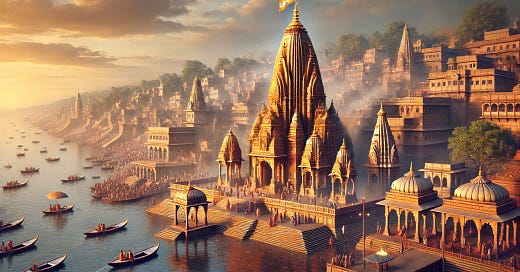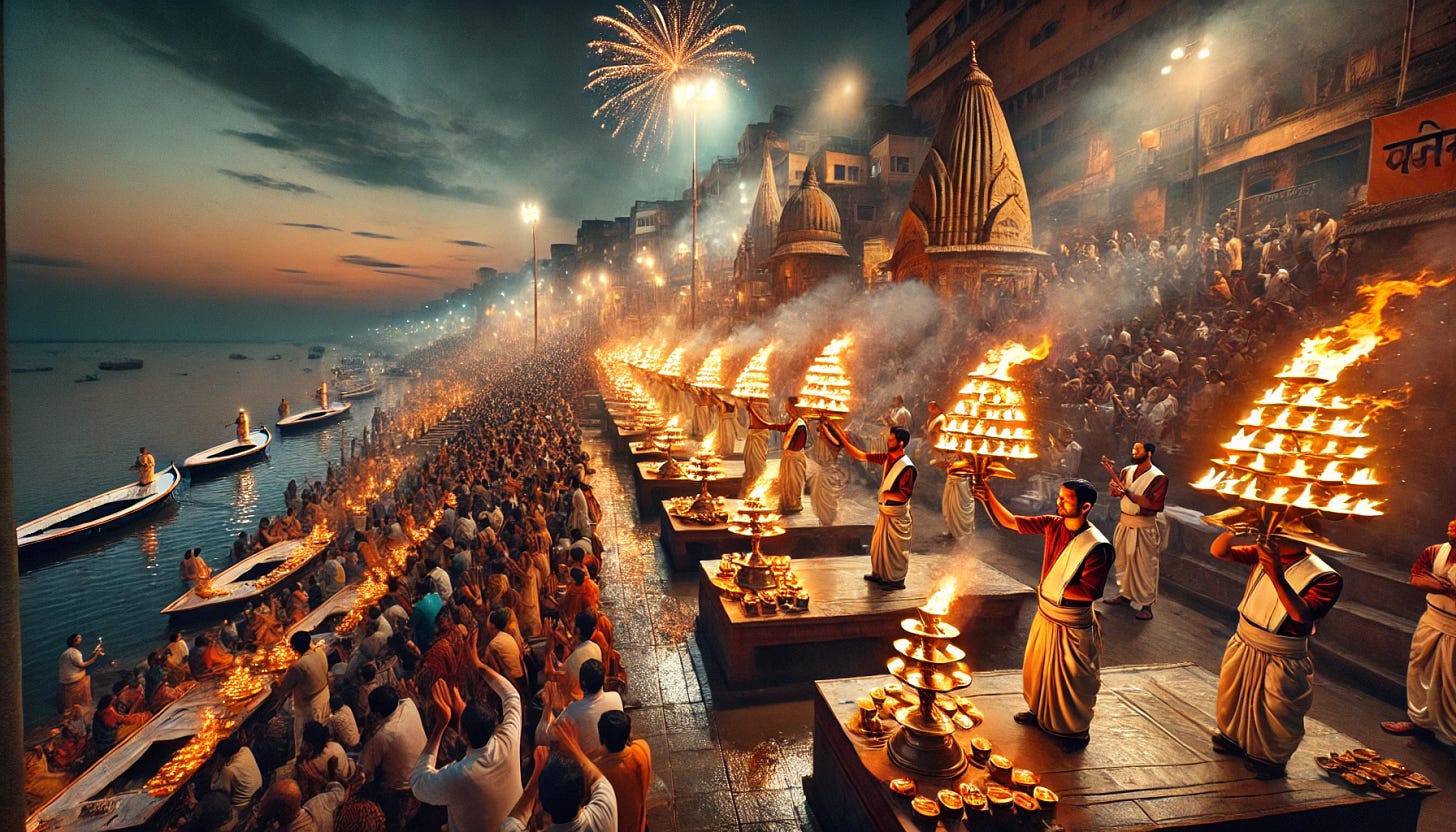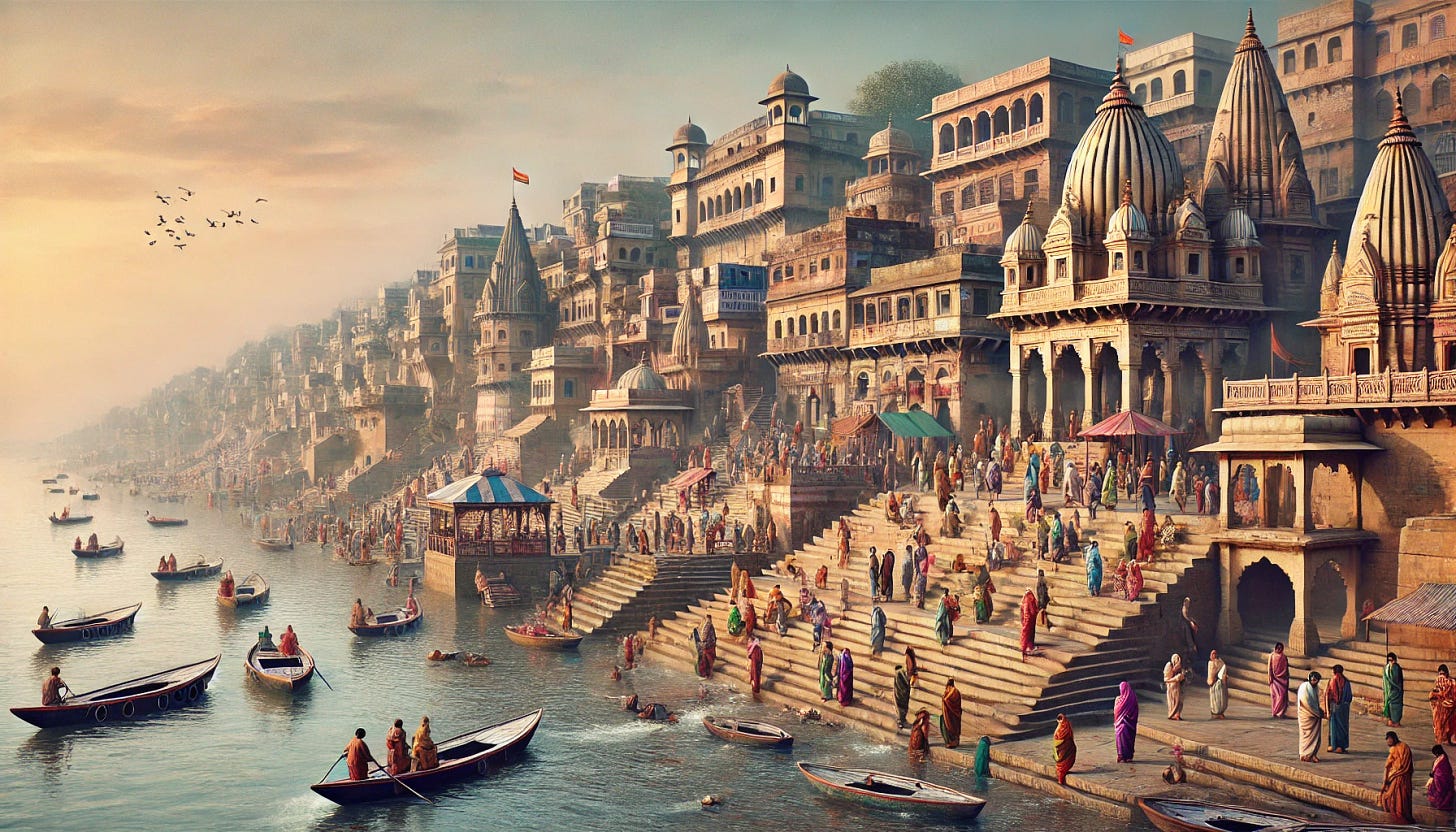Discovering Varanasi: A Blend of Spirituality, Festivals, and Culture
Exploring the Sacred Soul of India’s Oldest City
Varanasi, also known as Kashi or Benares, is one of the oldest continuously inhabited cities in the world. Located on the banks of the sacred River Ganges in the Indian state of Uttar Pradesh, it is often referred to as the spiritual heart of India. A city where ancient traditions intertwine with daily life, Varanasi draws millions of visitors seeking spiritual enlightenment, cultural exploration, and a glimpse of India's deep-rooted history. From its sacred ghats to its labyrinthine alleys, Varanasi offers a unique blend of divinity, history, and vibrant culture.
A City of Spiritual Significance
Varanasi holds immense religious significance for Hindus, Buddhists, and Jains. It is believed to be the city of Lord Shiva, where life and death converge in a sacred cycle. For Hindus, dying in Varanasi is considered to bring moksha (liberation from the cycle of rebirth). The city’s numerous temples, including the iconic Kashi Vishwanath Temple, make it a focal point for pilgrims seeking blessings and salvation. The air is thick with the fragrance of incense, the sound of temple bells, and the chants of mantras that resonate through its streets.
The Ghats of Varanasi
Varanasi’s ghats (riverfront steps) are among its most iconic features, serving as the heart of daily life in the city. There are over 80 ghats, each with its unique history and purpose. The most famous is Dashashwamedh Ghat, where the spectacular Ganga Aarti is performed every evening. Pilgrims bathe in the sacred waters of the Ganges, while others offer prayers, light lamps, and float them down the river in a mesmerizing ritual of devotion. The Manikarnika Ghat is one of the most significant cremation ghats, where funeral pyres burn day and night, symbolizing the city's deep connection with the cycle of life and death.
Cultural and Historical Tapestry
Beyond its spiritual allure, Varanasi is a cultural hub. Its narrow lanes are lined with ancient buildings, bustling markets, and street vendors selling everything from silk sarees to sweets. The city's musical heritage is just as rich, with Varanasi being a major center for classical Indian music. Legends such as Ravi Shankar and Ustad Bismillah Khan hail from this city, which remains a thriving center for art and music. The city's universities, including Banaras Hindu University, are also notable landmarks, contributing to its intellectual and cultural vibrancy.
Festivals and Celebrations
Varanasi comes alive during festivals, particularly Diwali, Holi, and Dev Deepawali. The city glows with lamps, and the ghats are bathed in lights during Dev Deepawali, a festival celebrated fifteen days after Diwali, when the Ganges is worshipped with stunning displays of lamps and fireworks. During these times, the city's spiritual energy is at its peak, drawing thousands of pilgrims and tourists alike. The ancient rituals, colorful processions, and fervent devotion transform Varanasi into a divine spectacle.
A Sacred City for All
While predominantly a Hindu city, Varanasi is also significant for other faiths. For Buddhists, it is near Varanasi in Sarnath that Gautama Buddha delivered his first sermon after attaining enlightenment, marking the city’s importance in Buddhist history. The Dhamek Stupa and various monasteries in Sarnath draw Buddhist pilgrims from around the world. Jains too revere Varanasi as the birthplace of the 23rd Tirthankara, Lord Parshvanath.
Varanasi is more than just a city; it is an experience, an embodiment of India's spiritual essence and rich cultural legacy. Whether one visits for religious purposes or simply to explore its ancient streets, Varanasi leaves an indelible mark on all who come to its shores. From the sacred Ganges to the historic temples and vibrant festivals, Varanasi is a timeless city that continues to captivate and inspire, standing as a testament to the endurance of India's spiritual and cultural traditions.







